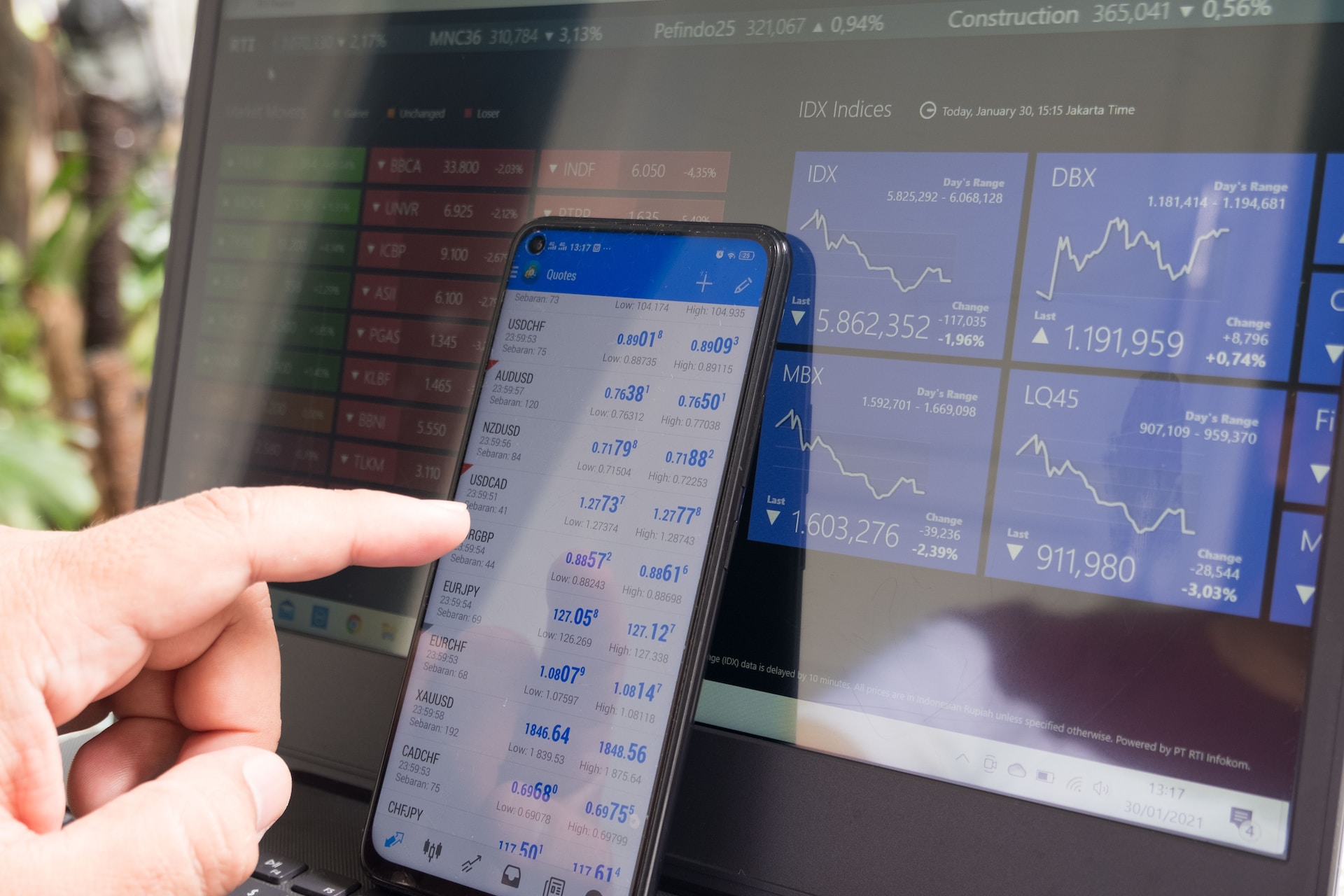
Introduction:
Forex trading is a dynamic and exciting market that offers immense opportunities for traders to profit. To succeed in this competitive arena, understanding key concepts like support and resistance levels is crucial. In this article, we will explore what support and resistance levels are, why they are important in forex trading, and provide practical tips to help you master their application in your trading strategy.
What are Support and Resistance Levels?
Support and resistance levels are key price levels on a chart that act as barriers, influencing the behavior of price movements. They are determined by previous price action and represent areas where buying (support) or selling (resistance) pressure is significant. Support levels prevent prices from falling further, while resistance levels prevent prices from rising higher.
Importance of Support and Resistance Levels in Forex Trading:
Identifying Trends: Support and resistance levels help traders identify trends and determine the direction of the market. They provide insights into the underlying forces of supply and demand, enabling traders to make informed decisions.
Entry and Exit Points: Support and resistance levels serve as important reference points for entering and exiting trades. Traders often look for opportunities to buy near support levels and sell near resistance levels, capitalizing on potential price reversals.
Risk Management: Support and resistance levels assist in defining appropriate stop-loss and take-profit levels. By placing stop-loss orders below support or above resistance, traders can manage their risk effectively and protect their capital.
Mastering Support and Resistance Levels:
Analyze Historical Data: Start by analyzing historical price charts to identify significant support and resistance levels. Look for areas where prices have consistently reversed or consolidated in the past.
Multiple Time Frame Analysis: Use multiple time frames to validate support and resistance levels. A level that holds strong on a higher time frame (e.g., daily or weekly) is more reliable than one on a lower time frame (e.g., hourly or 15 minutes).
Price Confirmation: Wait for price confirmation before entering a trade. Look for candlestick patterns, chart patterns, or other technical indicators that validate the presence of support or resistance.
Avoid Overlapping Levels: Focus on clear and distinct support and resistance levels rather than those that overlap or cluster together. These levels carry more significance and are more likely to influence price movements.
Use Additional Tools: Combine support and resistance levels with other technical indicators, such as moving averages, oscillators, or Fibonacci retracements, to strengthen your analysis and increase the probability of successful trades.
Regularly Monitor and Update Levels: Support and resistance levels are not static. Market conditions change, and levels can weaken or strengthen over time. Regularly monitor and update your levels based on the latest price action to stay ahead of the market.
Conclusion:
Mastering support and resistance levels is a fundamental skill for successful forex trading. By understanding the significance of these levels, traders can enhance their decision-making process, improve entry and exit points, and effectively manage risk. Remember to combine technical analysis with sound money management principles to optimize your trading strategy. With practice and experience, you can harness the power of support and resistance levels to increase your chances of success in the forex market.
Disclaimer: Trading in the forex market involves substantial risk, and it is important to seek professional advice and conduct thorough research before making any trading decisions.


